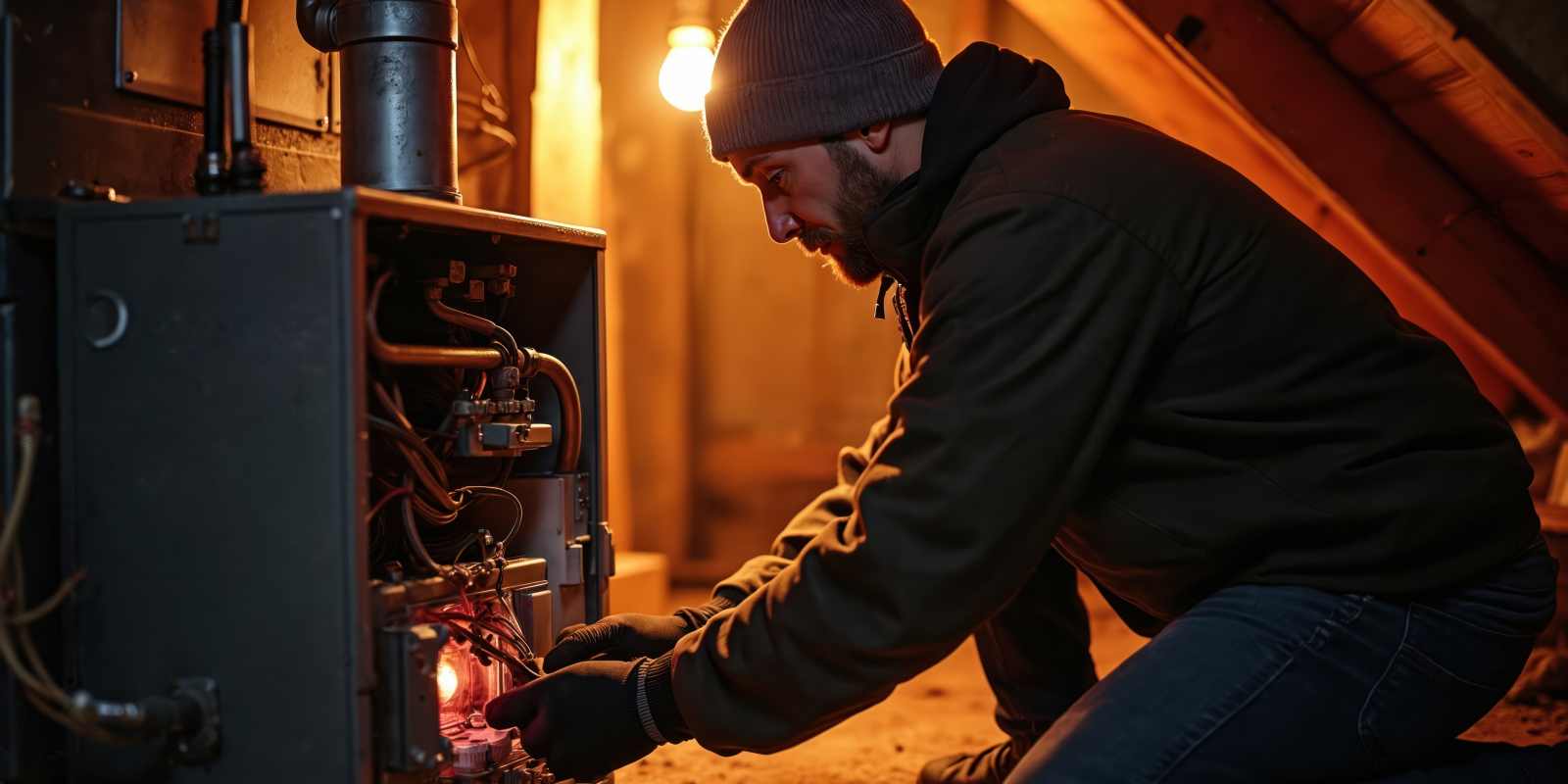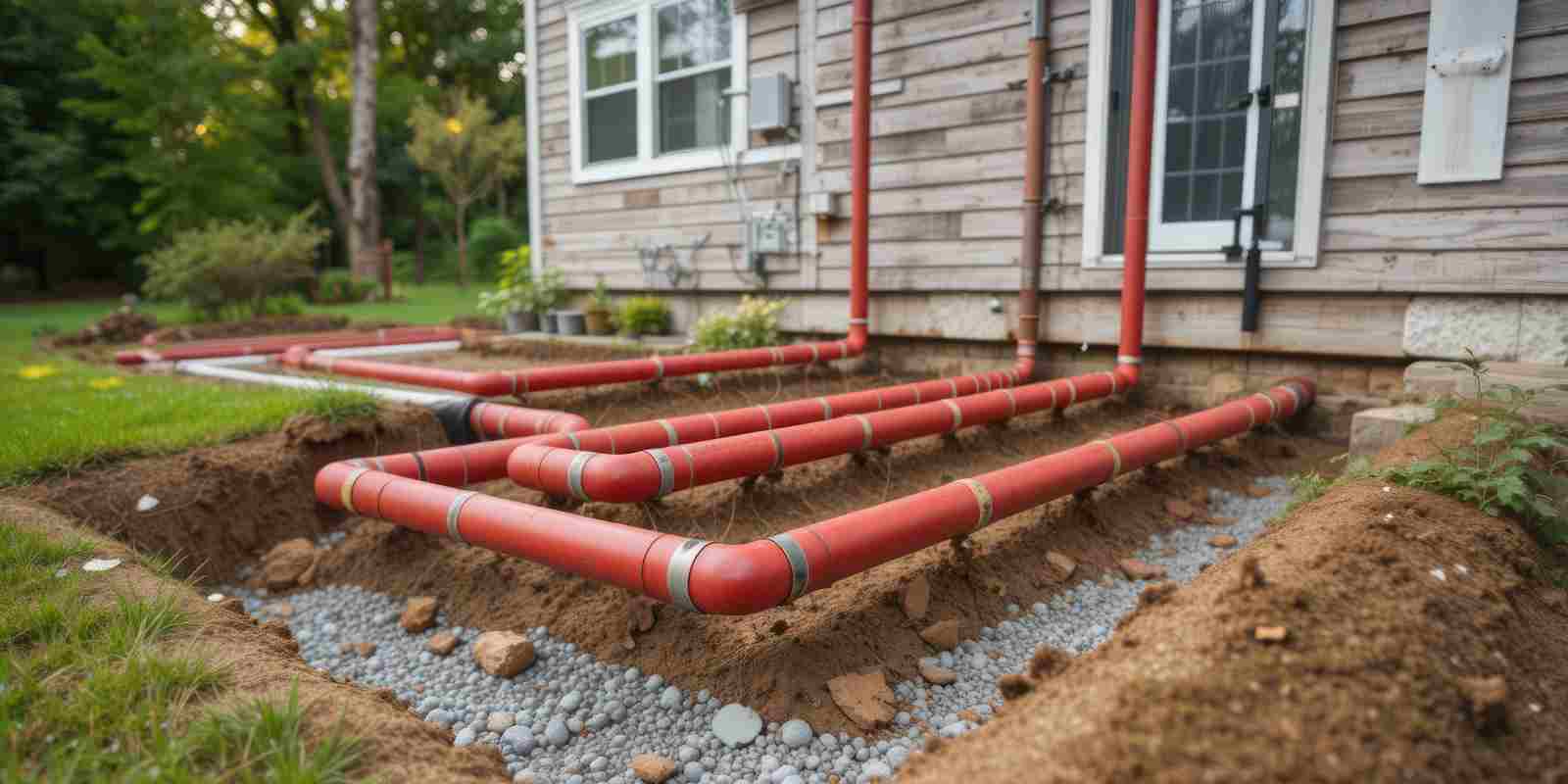
When millions of employees made the shift to remote and hybrid work, home offices weren’t the only parts of the house seeing more action. HVAC systems — typically designed for part-time occupancy — suddenly had to handle full-time demand. For many homeowners, that change went unnoticed at first. But over time, it’s created measurable impacts on comfort, energy bills, and even system wear.
Here’s what’s happening behind the scenes — and what to keep in mind moving forward.
More Time at Home Means More Strain on Your System
Before the pandemic, most central HVAC systems were programmed or manually adjusted around a basic 9-to-5 schedule. When homes sat empty during the workday, thermostats were often set a few degrees higher or lower to conserve energy. Now, with more people home throughout the day — sometimes in multiple rooms — those same systems are running longer and harder.
This shift affects:
- Cooling and heating cycles that now happen continuously, rather than in short bursts
- Energy consumption, especially during peak summer and winter hours
- System longevity, as components face more frequent use and faster wear
Comfort Expectations Have Changed, Too
When you’re home all day, you notice things you might’ve ignored before: a draft in the office, a bedroom that heats up too quickly, or inconsistent airflow between floors. These aren’t just comfort issues — they’re often signs that your system is misaligned with your home’s new usage patterns.
And it’s not just one person anymore. If your home now accommodates multiple workstations, Zoom calls, or kids home from school, each space may have different temperature needs. HVAC zoning, filtration, and airflow balance suddenly become more noticeable (and more important).
Air Quality Matters More Than Ever
Longer hours indoors also increase your exposure to indoor air pollutants — from dust and allergens to VOCs from cleaning products, furniture, and electronics. If your HVAC system hasn’t been upgraded or cleaned recently, it might be circulating stale or contaminated air, which can lead to headaches, fatigue, or worsened allergy symptoms.
Adding high-efficiency filters or UV air purifiers can help, but even more importantly, regular professional inspections can ensure your system is circulating clean, conditioned air properly.
Remote Work Is Here to Stay — So Is the Demand on Your System
Whether your work-from-home setup is permanent or part-time, your HVAC system is doing a job it wasn’t originally sized or configured to do. It might be cooling empty rooms, struggling to keep up in multi-level homes, or just burning more energy than it used to.
Some key things to consider:
- Have your energy bills increased since remote work began?
- Do certain rooms feel too warm or too cold?
- Has your system needed more frequent service lately?
- Have you updated your thermostat settings to match your current routine?
A Quick System Evaluation Could Make a Big Difference
This doesn’t mean you need to replace your system, but it might mean it’s time to take a closer look. A seasonal HVAC tune-up can reveal whether your system is operating efficiently, if ductwork needs balancing, or if it’s time to explore zoning or filtration upgrades.
At A. Borrelli Mechanical, we help homeowners stay ahead of small issues before they turn into big disruptions — with clear recommendations, honest service, and no unnecessary upsells.



